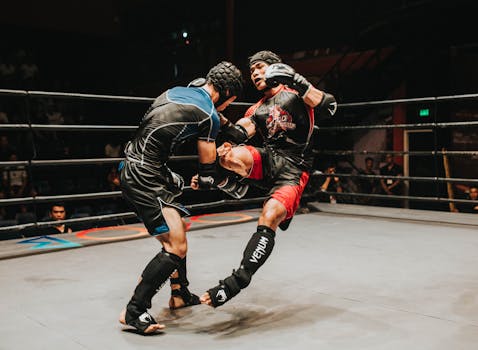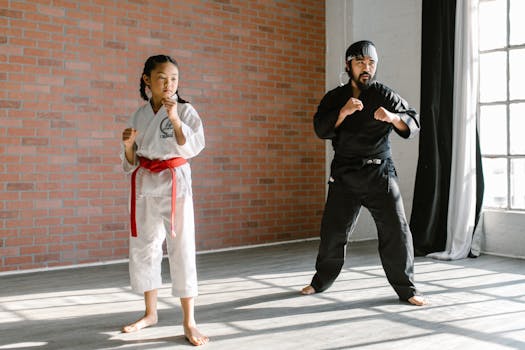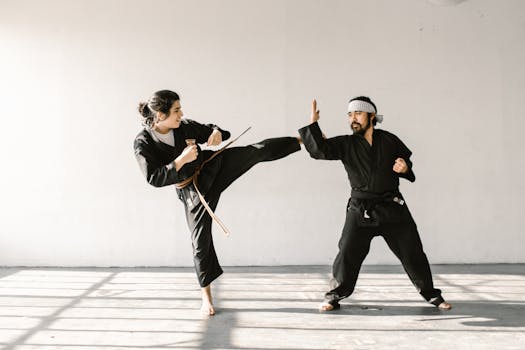Are Pre-Fight Injuries a Significant Factor in UFC Fight Outcomes?
Introduction to the Topic In the competitive world of the Ultimate Fighting Championship (UFC), the physical condition of the fighters plays a critical role in determining the outcome of a fight. Pre-fight injuries, a common occurrence given the intense nature of training and preparation, are a significant concern. This article delves into the impact of these injuries on UFC fight outcomes, exploring various preventative and management strategies.
Overview of Main Approaches or Solutions
- Medical Assessments Prior to Fights
- UFC fighters are subjected to strict medical evaluations before being cleared to compete. This process is critical for identifying any pre-existing injuries that might compromise a fighter’s performance or safety.
- Training Modifications and Management
- To mitigate the risk of injuries, training protocols are often adjusted. This may involve altering workout intensity, incorporating cross-training, or focusing on techniques that are less likely to cause injury.
- Rehabilitation and Recovery Strategies
- Effective rehabilitation and adequate recovery are essential for fighters dealing with pre-fight injuries. Techniques like physical therapy, cryotherapy, and proper rest are employed to ensure fighters enter the octagon in optimal condition.
- Medical Assessments
- Advantages: Ensures the health and safety of fighters, reducing the risk of severe injuries during fights.
- Disadvantages: Can result in fight cancellations if fighters are deemed medically unfit, potentially disappointing fans and impacting event schedules.
- Training Modifications
- Advantages: Helps in reducing the incidence of training-related injuries, maintaining fighter longevity.
- Disadvantages: Overly cautious or reduced training can lead to under-preparation, potentially affecting a fighter’s performance.
- Rehabilitation and Recovery
- Advantages: Supports optimal recovery, enhancing performance while safeguarding the fighter's long-term health.
- Disadvantages: Intensive rehabilitation can be time-consuming and expensive, requiring substantial resources.
- The repeatedly cancelled bout between Khabib Nurmagomedov and Tony Ferguson serves as a prime example of how pre-fight injuries can significantly disrupt UFC events. Each fighter suffered various injuries at different times leading up to the fight, demonstrating the profound impact injuries can have on fight planning and execution.
Comparison of Advantages and Disadvantages
Practical Examples
Conclusion with Summary and Recommendation or Call to Action Pre-fight injuries undeniably influence UFC fight outcomes, affecting not only the fighters’ performance but also the broader event schedule and fan experience. It is essential for the UFC community, including trainers, fighters, and management, to prioritize injury prevention and effective management strategies. Adopting comprehensive health protocols and adjusting training regimens can help minimize the risk of injuries and ensure that fighters are both safe and competitive.
For ongoing updates and expert insights into UFC fighters and upcoming bouts, keeping up with reputable sports news outlets and official UFC communications is recommended. By staying informed, fans and stakeholders can better understand and support the health and safety initiatives within the UFC.

.png)





